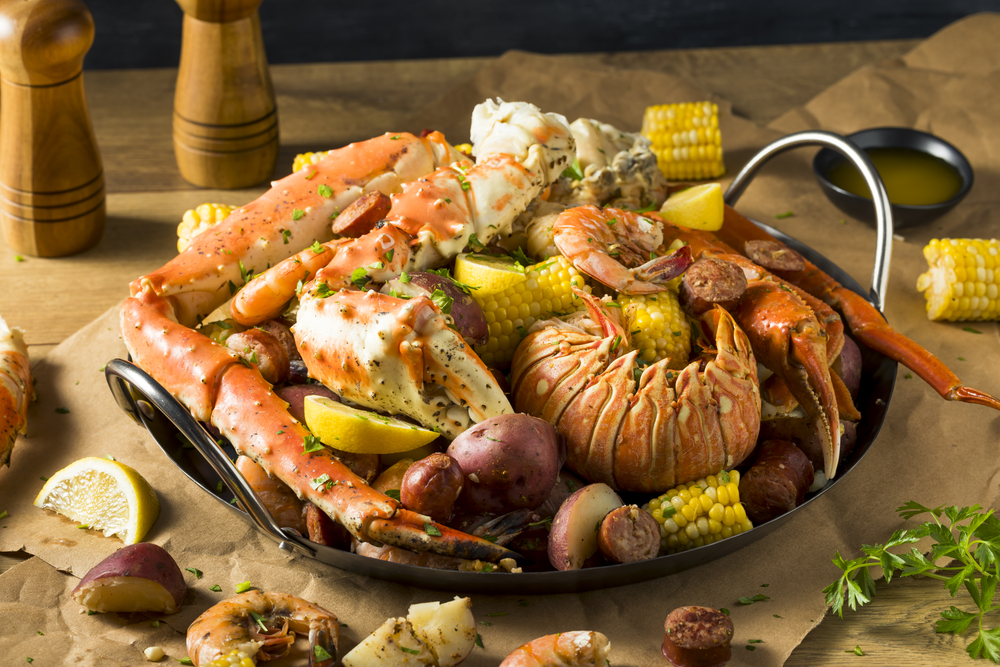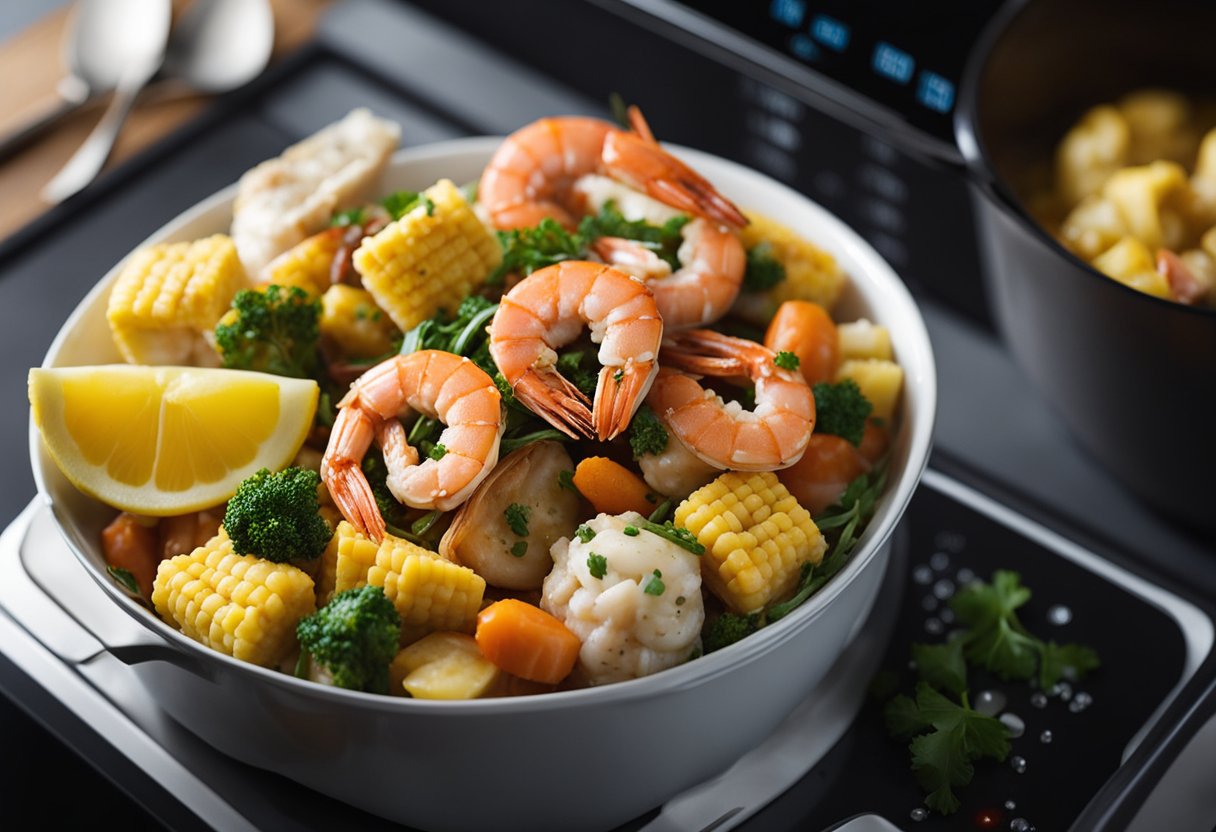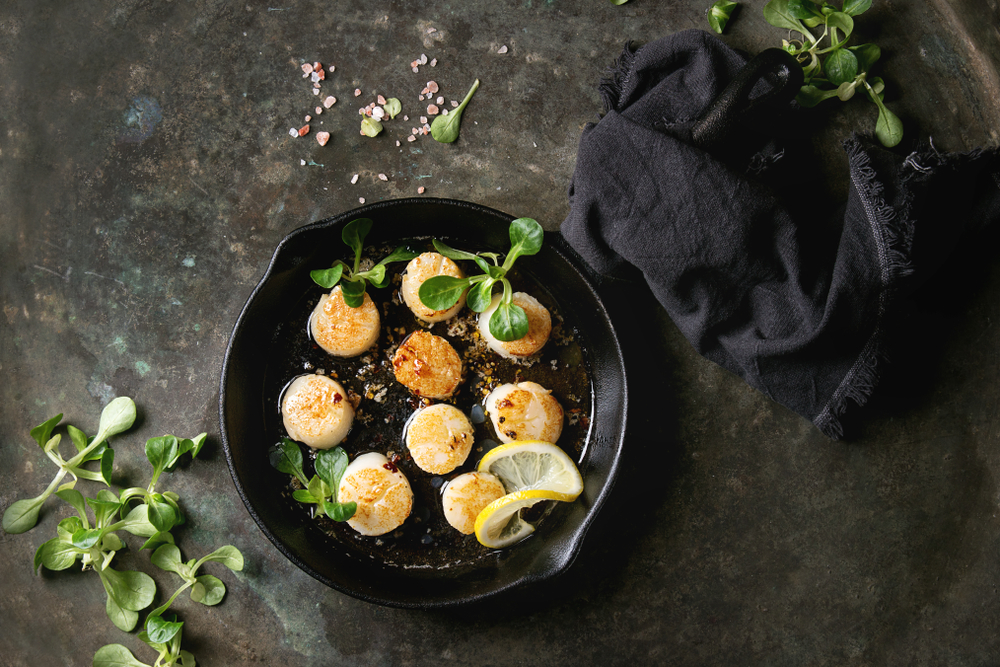Scallops are well renowned for their nutritional value. With an insane amount of protein and extremely rich in vitamins, scallops can be an excellent addition to a high-protein, low-fat diet. But this delicious and chewy seafood is notoriously inaccessible in local and national markets unless you buy them frozen. Not being able to get them fresh shouldn’t turn you away though, as frozen scallops have the same nutritional and taste potential.
Thawing scallops is as simple as temperature control. You can use the refrigerator, the microwave, or running the frozen scallop bag under cold water to thaw them out safely.
What Are The Ways That You Can Safely Thaw Frozen Scallops?
There are many ways that you can thaw scallops safely, but some are more labor-intensive or take more time than others. Luckily, there are three easy ways for you to do so safely:
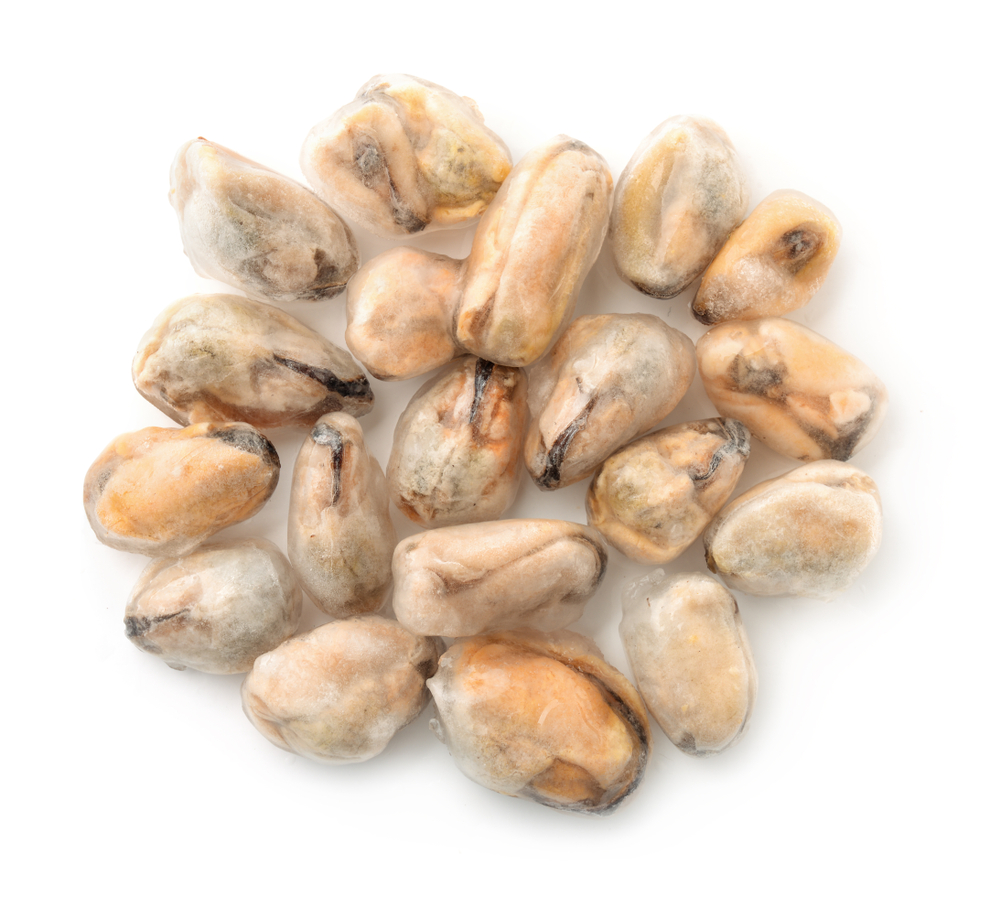
The Refrigerator Method
This is widely regarded as the best way to thaw scallops, but you sacrifice time. All you have to do is:
- Rinse your scallops
- Put them into a refrigerator safe bow or bag and place it in the bottom shelf of the refrigerator to thaw out entirely.
If you choose the refrigerator method, you should not leave it there for more than 2 days, and before then is better for the quality of the scallop. You also should take precautions against placing it on any higher shelves to reduce the chances of cross contamination.
The downside to this method is widely regarded as time, as you need at least a day in advance to thaw the scallops. But it is easily the safest if you take the right precautions while preserving the integrity and flavor of the meat.
The Microwave Method
The quickest way to defrost scallops is to use the microwave, although there are multiple downsides that come from using this method. To defrost using the microwave, you must:
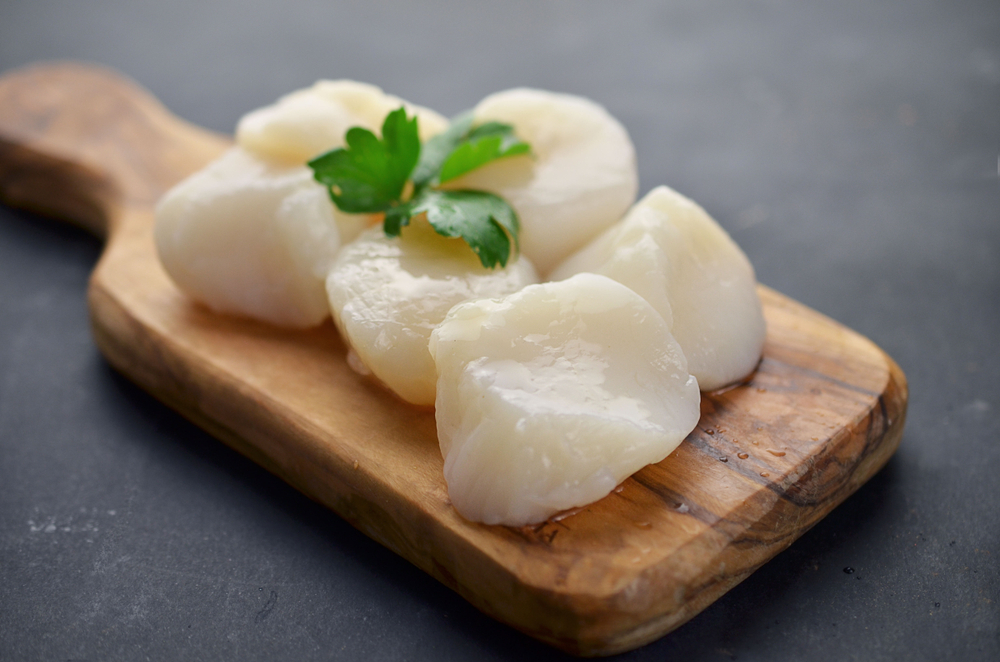
- Place the scallops in a microwave safe container
- Place a paper towel above the microwave safe container
- If your microwave doesn’t have a defrost setting, place your microwave on 30% of its original power, and wait 7 minutes and 30 seconds to thaw
- Keep your eye on the scallops to ensure that they aren’t getting too hot in the microwave, which can make them rubbery.
One of the big downsides of the microwave method is that if you don’t use the scallops right after, you risk the multiplication of foodborne illnesses.
The Cold-Water Method
While time-consuming, this is much safer than the microwave method of defrosting. This is also used to thaw other types of fish:
- Take the scallops and place them under cold, not iced, water.
- Allow cold water to run on the scallops while flipping them periodically.
- After about 5 minutes, the scallops should be thawed an ready to use, although it may take longer.
Similar to the microwave method, you should use them right after the scallops are defrosted or face the same risks.




